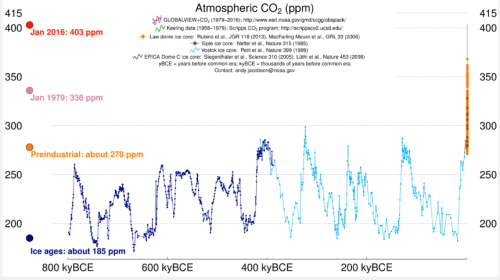Hi everyone! Winston here with another ecological action you can start doing in your life! This one isn’t so much as a single action as it is a lifestyle change!
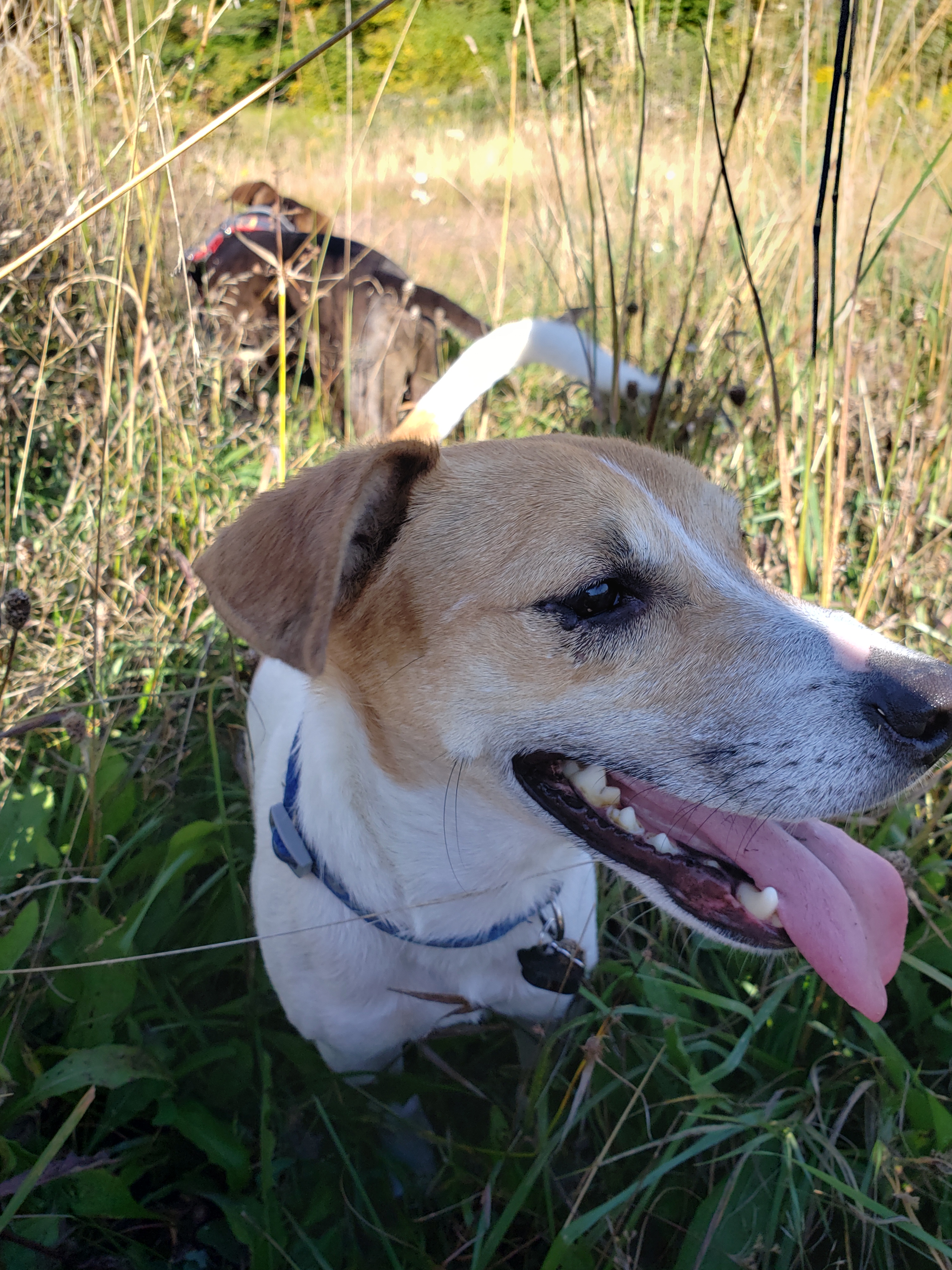
I guess I should introduce this by saying that my human loooooves to wander around. You know how humans descended from the trees in Ethiopia, crossed to Mediterranean to Europe, walked to India, crossed the Bering strait into the Americas and also colonized Oceania with primitive ships? Well, science says that all this exploring and wandering has to do with a gene that some humans carry that compel them to discover new places and take (un) necessary risks. This gene, DRD4-7R, may be present in 20% of the population and has been more observed in nomadic populations than in settled populations. While humans carrying this gene could be responsible for the re-discovery of the Americas, the discovery of radioactivity, or the discovery of a favorite new food, these special humans are also more likely to flit between jobs and places. However, individuals who display “wanderlust” seem to be beneficial to the human race as a whole as they push the boundaries of progress forward.
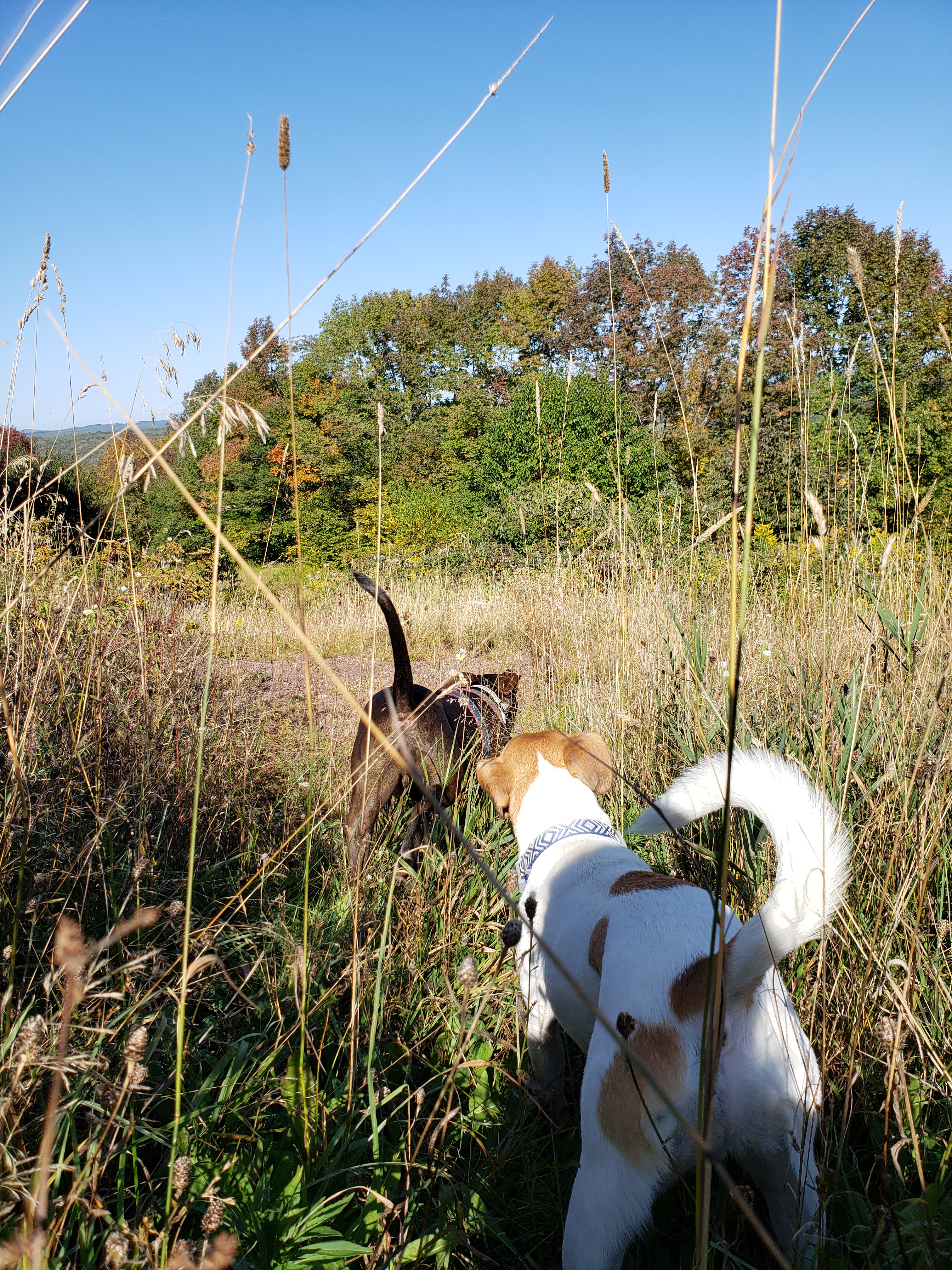
In the case of my human, we’re not sure if it’s the way she was brought up or an inherent gene that made her constantly jump out of the house in search of a new area to explore – the famous nurture vs. nature debate. Her mother guided her towards spending 80% of her time outdoors (rain, sun, or snow) and her father took the family on trips every summer, so she was basically constantly exploring outdoors as she was growing up. But she is also the descendant of Brazilian immigrants, whose ancestors also immigrated to Brazil in the last two centuries, who then came from. . .all over Europe. So she is also party gypsy by nature.
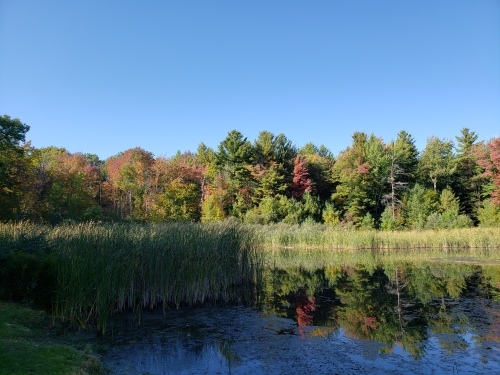
This love for exploration is problematic when we consider that we want to reduce our carbon footprint. After reading that a single passenger on an international plane trip is responsible for melting 3 square meters of ice, our human has almost sworn off plane travel. Instead, we are making very long road trips to see our family and friends who happen to be scattered across the continent. This makes for very interesting car trips that fully satiate wanderlust by generating more things to see, and slightly less carbon dioxide along the way.
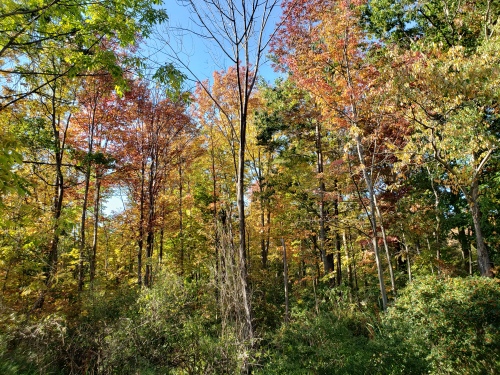
But, along with banishing plane travel, we are reducing our weekend travel, enjoying more sights at home. All of these pictures come from a walking distance from our house. We got to explore more simply by walking and enjoying that every day of the year brings us a different sight. This is partly why we live in New York State to begin with – it is much more than just having “4 seasons”. There are twelve seasons, one for each month, and every day within that month is different. You just can’t get bored.
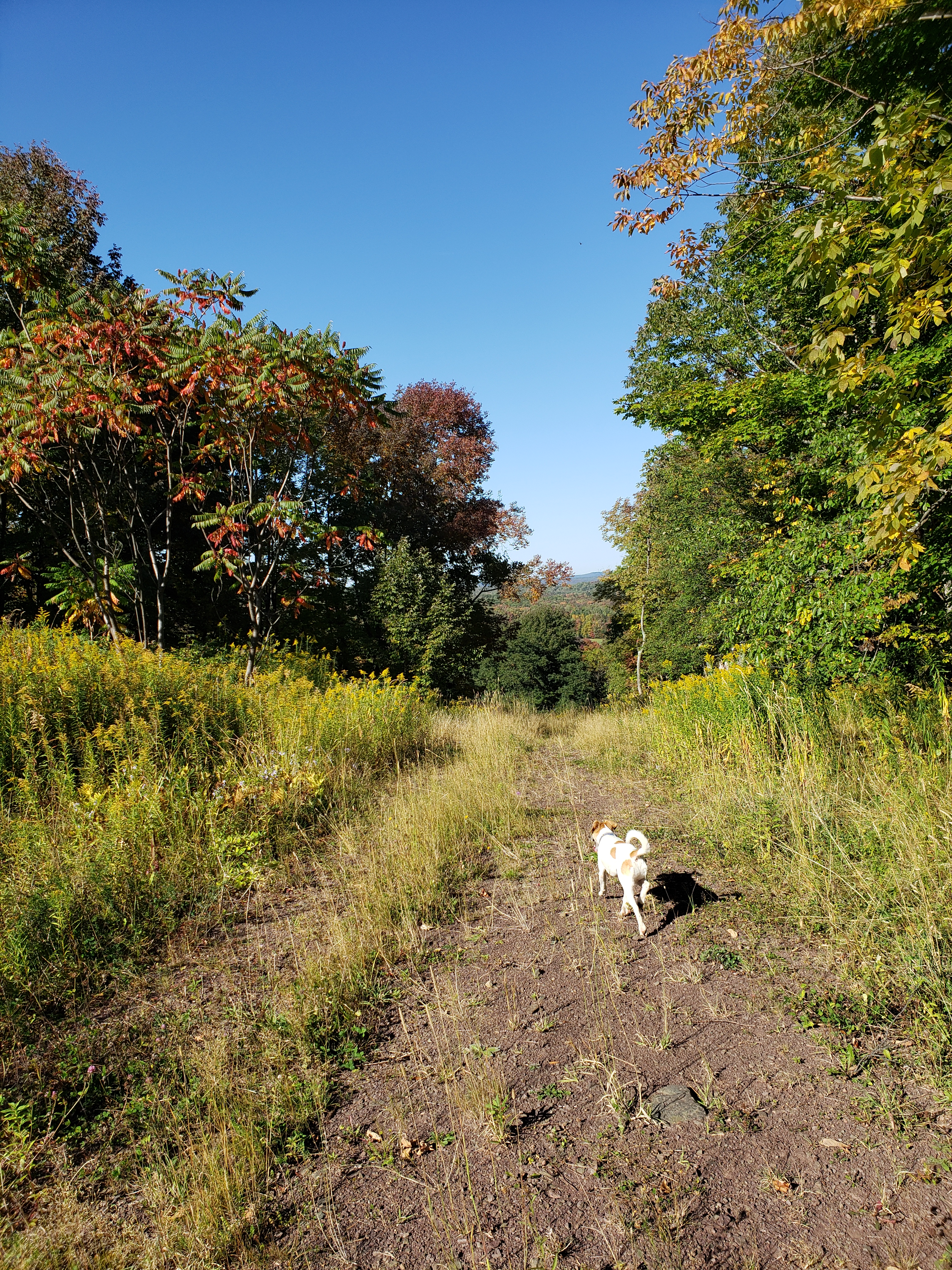
We are also exploring our “wanderlust” genes in new ways without traveling. Every time we try a new food, open our mind-doors to new ideas, or talk to a different person, we are opening ourselves to the possibility of exploration. We are trying shortcuts we were too afraid to try before, different shops where we haven’t gone into before, and escaping our routine and comfort-zone ever so slightly, every day.
All this is helping my human stay more at home and appreciate the value of being “settled” while having a gene that is telling her to “Go! Explore! See new things!”.
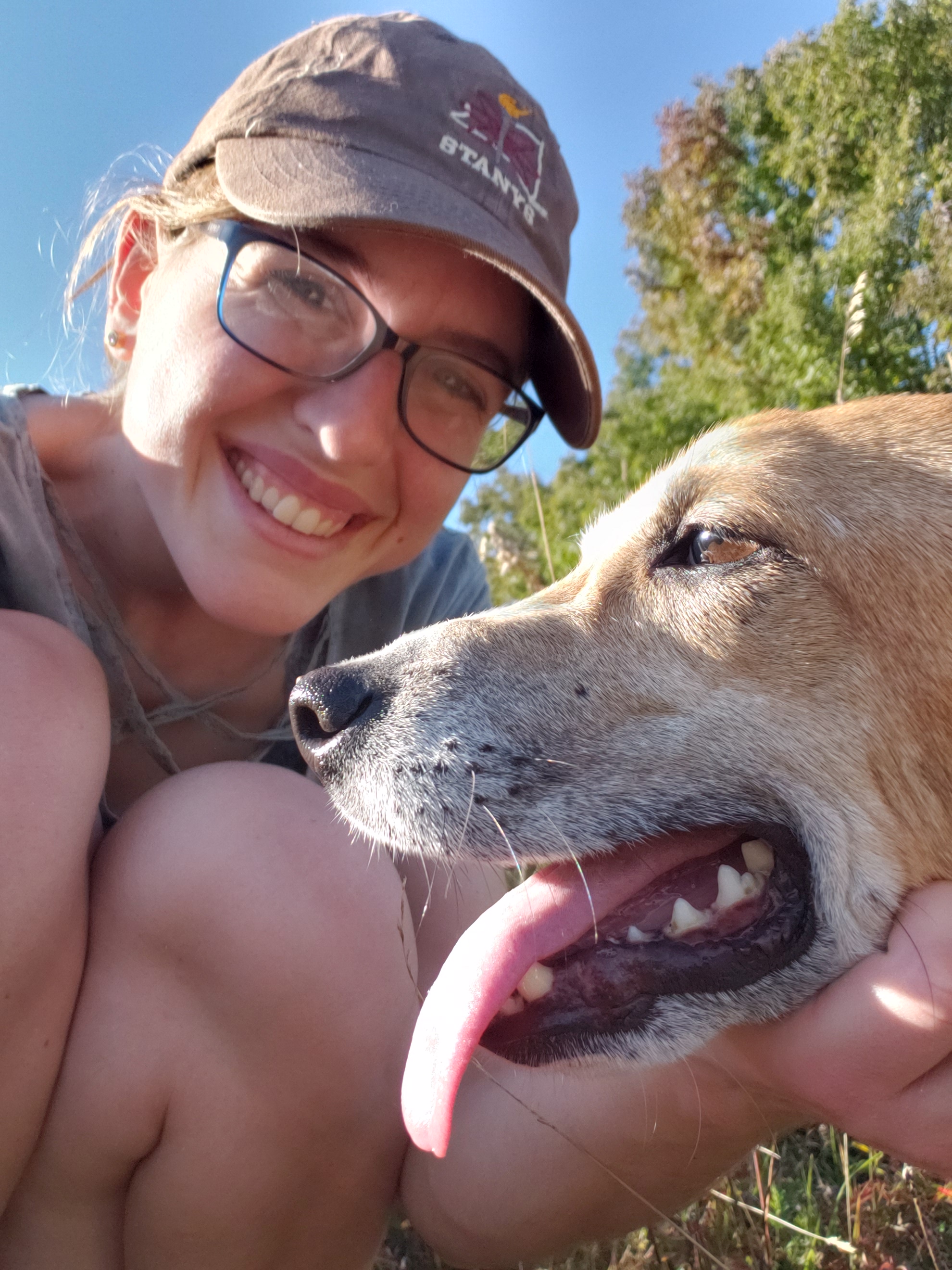
Humans weren’t meant to be completely happy with where they are – there’s always something pushing them to try something new and be a little better every day. But us, dogs, we will follow you wherever you take us, because we love you!
Have a great weekend everyone and until next week.
Love,
Winston

